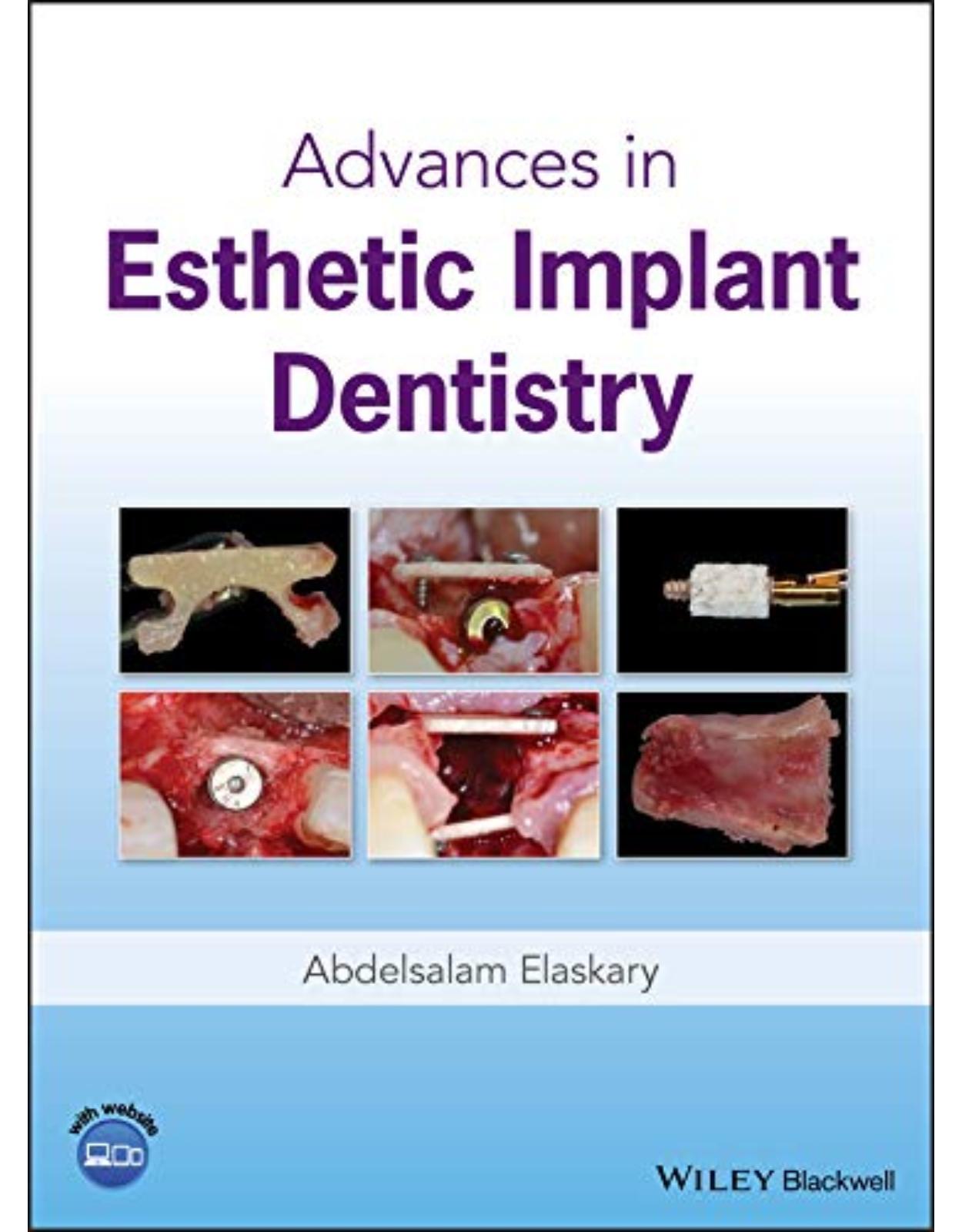
Advances in Esthetic Implant Dentistry
Livrare gratis la comenzi peste 500 RON. Pentru celelalte comenzi livrarea este 20 RON.
Disponibilitate: La comanda in aproximativ 4 saptamani
Autor: Abdelsalam Elaskary
Editura: Wiley
Limba: Engleza
Nr. pagini: 392
Coperta: Hardback
Dimensiuni: 22.1 x 2.3 x 28.2 cm
An aparitie: 2019
-
DESCRIPTION:
A comprehensive and highly illustrated reference on current topics in esthetic dental implant therapy
Advances in Esthetic Implant Dentistry provides a current, comprehensive overview of esthetic implant therapy. Offering innovative step-by-step protocols for surgical techniques and case studies, the book presents practical, clinically oriented guidance firmly anchored in solid scientific research. A companion website provides videos of clinical procedures and follow-up case studies.
The book emphasizes the physiology of labial plate of bone and its influence to the overall fate of implant placement in fresh extraction sites, including several cutting-edge techniques to restore and treat deficient labial plate of bone. A novel chapter offers a solid protocol to diagnose, categorize, and treat implant-related gingival recession predictably.
· Highlights novel esthetic protocols in dental implantology, applying the latest advances in clinical techniques to real-world dentistry
· Follows up on treatment outcomes, presenting results up to seven years later
· Provides reliable, evidence-based bone regenerative methods
· Illustrates procedures step by step, with more than 2500 clinical photographs
· Features a companion website with videos of clinical procedures and follow-up case studies
Advances in Esthetic Implant Dentistry is an indispensable clinical companion for practitioners and students of periodontics, prosthodontics, oral and maxillofacial surgery, and general dentistry, bringing the reader new horizons in esthetic dentistry.
TABLE OF CONTENTS:
1 Modern Trends in Esthetic Implant Therapy 1
1.1 Predictability of Esthetic Implant Therapy 1
1.2 Where We Were 2
1.3 Where We are Now 4
1.4 The Era of Peri‐implant Soft Tissue Optimization 10
1.5 Soft Tissue Bio‐characterization and Influence 11
1.6 Role of Interim Restorations 13
1.6.1 Using or Modifying an Existing Prosthesis 14
1.6.2 Removable Partial Dentures 14
1.6.3 Adhesive Bridges 15
1.7 The Value of Patient Records 15
1.8 The Value of Team 16
1.9 Fulfilling Patient Expectations in Esthetic Implant Therapy 18
1.9.1 Ideal Patient–Clinician Relation 18
1.9.2 Hazardous Effects of Poor Dental Practice 19
1.9.3 Financial Resolution 20
References 21
2 Extraoral Clinical Reflections 27
2.1 Value of a Smile to Human Beings 27
2.1.1 Human Face 28
2.2 Smile Art 29
2.3 Smile Pattern 30
2.4 Smile Design 32
2.5 Smile Landmarks 34
2.5.1 Intercommissure Line 34
2.5.2 Smile Arc 35
2.5.3 Vestibular Reveal 36
2.6 The Lip Influence 37
2.7 Teeth Morphology 40
2.7.1 Age 41
2.7.2 Gender 43
2.7.3 Personality 43
2.8 Symmetry 44
References 46
3 Esthetic Outcome of Immediately Implanted and Loaded Implants in the Esthetic Region: A Discussion of Preclinical and Clinical Evidence 49
3.1 Preclinical Evidence 49
3.1.1 Flapless Extraction Surgeries: Basis for Its Use 49
3.1.2 Implant Buccolingual Positioning 51
3.1.3 Jumping Gap and Implant Surface 53
3.1.4 Gap Filling and Implant Coronoapical Positioning 55
3.1.5 Presence and Thickness of the Buccal Bone Plate (Tissue Biotype) 60
3.2 Clinical Evidence 60
References 66
4 Novel Concepts in Restoring Defective Labial Plate of Bone in Immediate Implant Therapy 69
4.1 Introduction 69
4.1.1 Treatment Benefits of Immediate Implant Placement in the Esthetic Zone 69
4.1.1.1 Reduced Treatment Time 70
4.1.1.2 Improved Patient Acceptance 70
4.1.1.3 Better Esthetics 70
4.1.2 Treatment Complications with Immediate Implant Placement 71
4.1.2.1 Facial Recession 71
4.1.2.2 Dropped Facial Contours 71
4.1.2.3 Poor Esthetics and Tissue Discoloration 72
4.2 Reasons for Inconsistent Outcome with Immediate Implant Placement 72
4.2.1 Lack of Diagnostic Tools 72
4.2.2 Reduced Levels of Technical Skills 76
4.2.3 Accuracy of Positioning of the Implant 78
4.2.4 Nature of the Labial Plate of Bone 78
4.2.5 Influence of Implant Fixture Diameter 79
4.2.6 Risk Factors 82
4.2.6.1 Socket Trauma 82
4.3 Arbitrary Flapless Implant Fixture Installation 84
4.3.1 The Effect of Loading Protocol 88
4.3.2 The Influence of Socket Related Pathology 89
4.3.3 Discussion 93
4.4 Socket Preservation Therapy 95
4.5 Novel Concepts to Treat Defective Labial Plate of Bone 98
4.5.1 Block Autografts 98
4.5.2 Fitted Autogenous Bone Veneers 100
4.5.3 Using Monocortical Allografts 106
4.5.4 Using Guided Tissue Regeneration 110
4.5.5 Socket Repair Kit 114
4.5.6 Composite Grafts 117
4.6 Conclusion 126
References 128
5 Peri‐implant Tissue Stability: Prevalence, Etiology, Prevention, and Treatment 137
5.1 Introduction 137
5.2 Prevalence of Implant Related Tissue Migration 138
5.3 Factors that Lead to Implant‐related Gingival Recession 139
5.3.1 Background 139
5.3.2 Physiologic Factors 140
5.3.2.1 Influence of Thickness of the Labial Plate of Bone 140
5.3.2.2 Influence of Tissue Phenotype 141
5.3.2.3 Influence of the Underlying Periosteum 144
5.3.2.4 The Influence of the Immediate Implant Placement on Alveolar Bone Remodeling 146
5.3.2.5 Other Related Factors 147
5.3.3 Technical Factors 148
5.3.3.1 Implant Positioning Errors 148
5.3.3.2 The Influence of the Implant Collar Design 149
5.3.3.3 The Influence of the Provisional and Prosthetic Designs 150
5.3.3.4 Miscellaneous Factors 152
5.4 Classification of Implant‐related Gingival Recession 153
5.5 Recession Scoring Template 154
5.6 Treatment of Implant‐related Gingival Recession 155
5.6.1 Preventive Treatment Options 155
5.6.1.1 Innovative Implant-related Designs 155
5.6.1.2 Thickness Doubling of the Labial Tissue Volume 157
5.6.1.3 Subcrestal Implant Placement 165
5.6.2 Treatment for Class I Recession 165
5.6.3 Treatment for Class II Recession 169
5.6.4 Treatment for Class III Recession 178
5.7 Conclusion 187
References 187
6 Revisiting Guided Bone Regeneration in the Esthetic Zone 197
Rawad Samarani
6.1 Introduction 197
6.2 Biological Rationale and Historic Overview 197
6.3 Surgical Protocol and Special Considerations for the Esthetic Zone 198
6.3.1 Flap Design 198
6.3.1.1 Incisions at the Edentulous Site 198
6.3.1.2 Incisions at the Adjacent Teeth and Vertical Releasing Incisions 199
6.3.1.3 Flap Advancement 199
6.3.2 Recipient Site Preparation 201
6.3.3 Bone Graft and Membrane Placement 208
6.3.4 Sutures 229
6.4 Revisiting the Barrier Membranes and the Bone Grafts 230
6.4.1 Barrier Membranes 230
6.4.1.1 Non‐resorbable Membranes 230
6.4.1.2 Resorbable Membranes 230
6.4.2 Bone Grafts 233
6.4.2.1 Autogenous Bone Grafts 233
6.4.2.2 Allografts 234
6.4.2.3 Xenografts 235
6.4.2.4 Alloplasts 237
6.4.2.5 Combining Different Bone Substitutes 237
6.4.2.6 Potential Use of Growth Factors 237
6.5 Soft Tissue Corrections after GBR Procedures in the Esthetic Zone 237
6.6 Complications 238
6.6.1 Wound Dehiscence and Material Exposure 238
6.6.1.1 PTFE membranes 238
6.6.1.2 Resorbable membranes 239
6.6.2 Neurological Complications 239
6.7 Conclusion 239
References 239
7 Perfecting Implant Related Esthetic via Using Optimum Surgical Guides 247
Giampiero Ciabattoni, Alessandro Acocella, and Roberto Sacco
7.1 Introduction 247
7.2 Conventional Guided Implant Placement: Clinical and Surgical Planning 248
7.2.1 Pre‐surgical and Virtual Planning 248
7.2.2 Surgical Procedure 253
7.3 Post‐extractive Guided Implant Placement: Clinical and Surgical Procedure 255
7.3.1 Pre‐surgical and Virtual Planning 256
7.3.2 Surgical Procedure 258
References 259
8 Restorative Space & Implant Position Optimization 263
8.1 Restorative Space Management 263
8.2 Loss of Restorative Space 263
8.3 Magnitude of Restorative Space 264
8.3.1 Horizontal Space Component 264
8.3.2 Vertical Space Component 265
8.4 Methods to Optimize Deficient Horizontal Space 265
8.4.1 Enameloplasty/Coronoplasty 265
8.4.2 The Use of Narrow Diameter Implants 266
8.4.3 Orthodontic Movement 266
8.5 Methods to Optimize Vertical Space Insufficiency 269
8.5.1 Orthodontic Management 269
8.5.1.1 Excessive Space 269
8.5.1.2 Management of Deficient Vertical Restorative Space 271
8.5.1.3 Screw‐retained Abutments 273
8.5.2 Crown Lengthening 273
8.5.3 Osseous Crest Management 275
8.5.4 Distraction Osteogenesis (for Optimization Excessive Vertical Space) 275
8.6 Factors Influencing Implant Positioning 276
8.6.1 The Grip 276
8.6.2 Accuracy of the Surgical Guide 276
8.6.3 Sharpness of the Cutting Flutes of the Drills 277
8.6.4 The Use of Positioning Devices 277
8.6.5 The Use of Computerized Navigation Surgery 277
8.6.6 Implant Morphology and Design 278
8.6.7 Implant Positioning Rationale 280
8.6.7.1 Mesiodistal Position 281
8.6.7.2 Implant Angulation Rationale 282
8.6.7.3 Axial Positioning Rationale 286
8.7 Treatment of Malposed Implants 288
References 296
9 Treatment Complications and Failures with Dental Implants 301
9.1 Introduction 301
9.1.1 Implant Failure Terms 302
9.2 Prevalence of Implant-related Treatment Complications 305
9.3 Anatomical Related Treatment Complications 306
9.4 Predictability of Regenerative Materials and Techniques 308
9.4.1 Etiology of Bone Grafting Complications 309
9.4.1.1 Soft Tissue Influence on the Regenerative Therapy Outcome 309
9.4.1.2 Influential Factors to Wound Healing 314
9.4.1.3 Management of Mucoperiosteal Flap Dehiscence 317
9.4.2 Treatment Complications with the Use of Autografts 318
9.4.2.1 Donor Site Complications 320
9.4.2.2 Recipient Site Complications 320
9.4.3 Complications with Allographs 327
9.4.3.1 Inconsistent Regenerative Outcome and Questionable Osteoinduction 329
9.4.4 Complications with Alloplasts 334
9.4.5 Complications with Titanium Mesh 336
9.4.6 Predictable Guidelines for Regenerative Procedure 338
9.4.6.1 Identify the Nature of the Defect 338
9.4.6.2 Predict the Host Response 340
9.4.6.3 Optimal Soft Tissue Management and Closure 346
9.4.6.4 Stability and Space Making for Graft Material 347
9.4.6.5 Selection of Suitable Regenerative Approach & Material 348
References 350
Index 359
| An aparitie | 2019 |
| Autor | Abdelsalam Elaskary |
| Dimensiuni | 22.1 x 2.3 x 28.2 cm |
| Editura | Wiley |
| Format | Hardback |
| ISBN | 9781119286677 |
| Limba | Engleza |
| Nr pag | 392 |
-
71000 lei 67700 lei

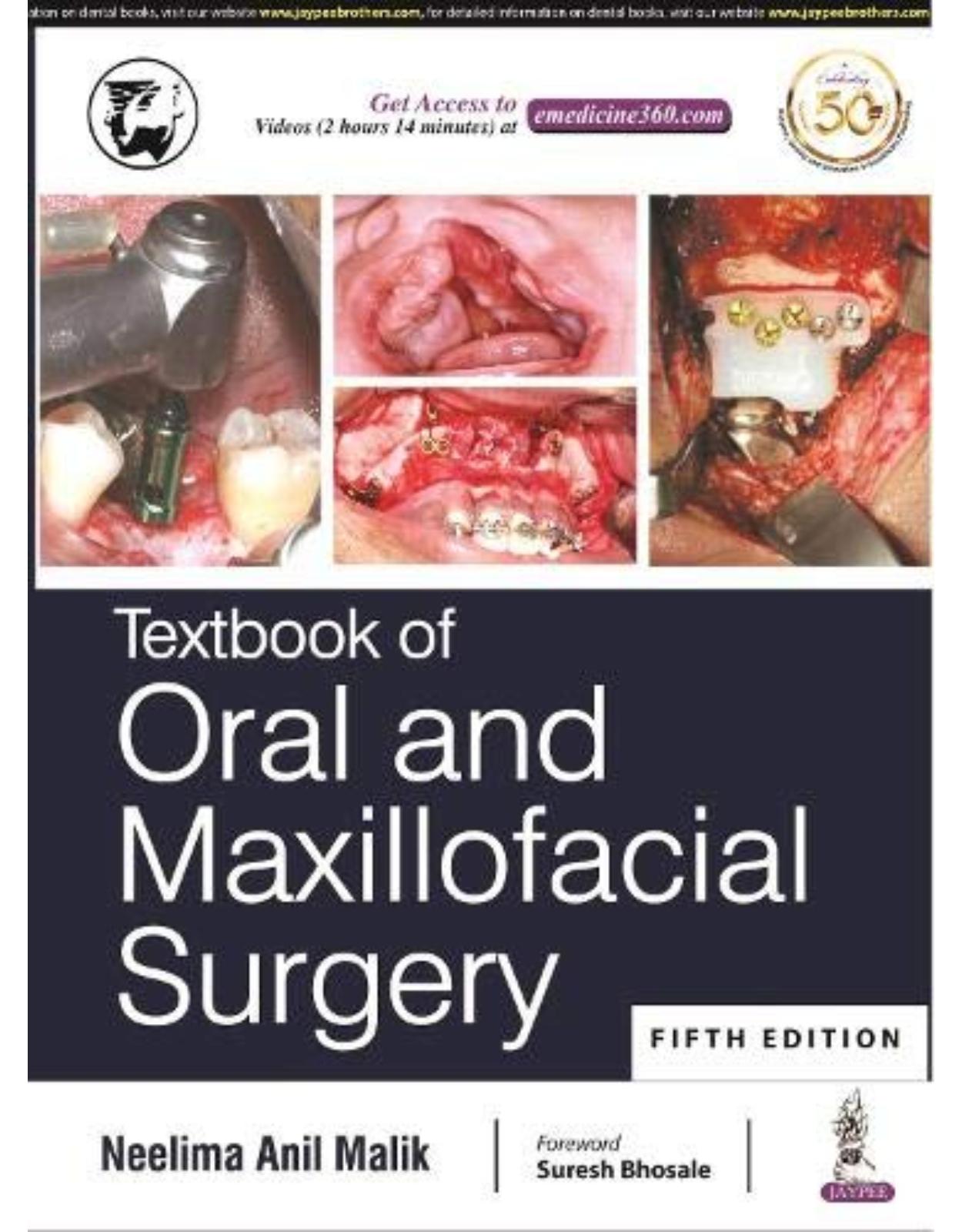
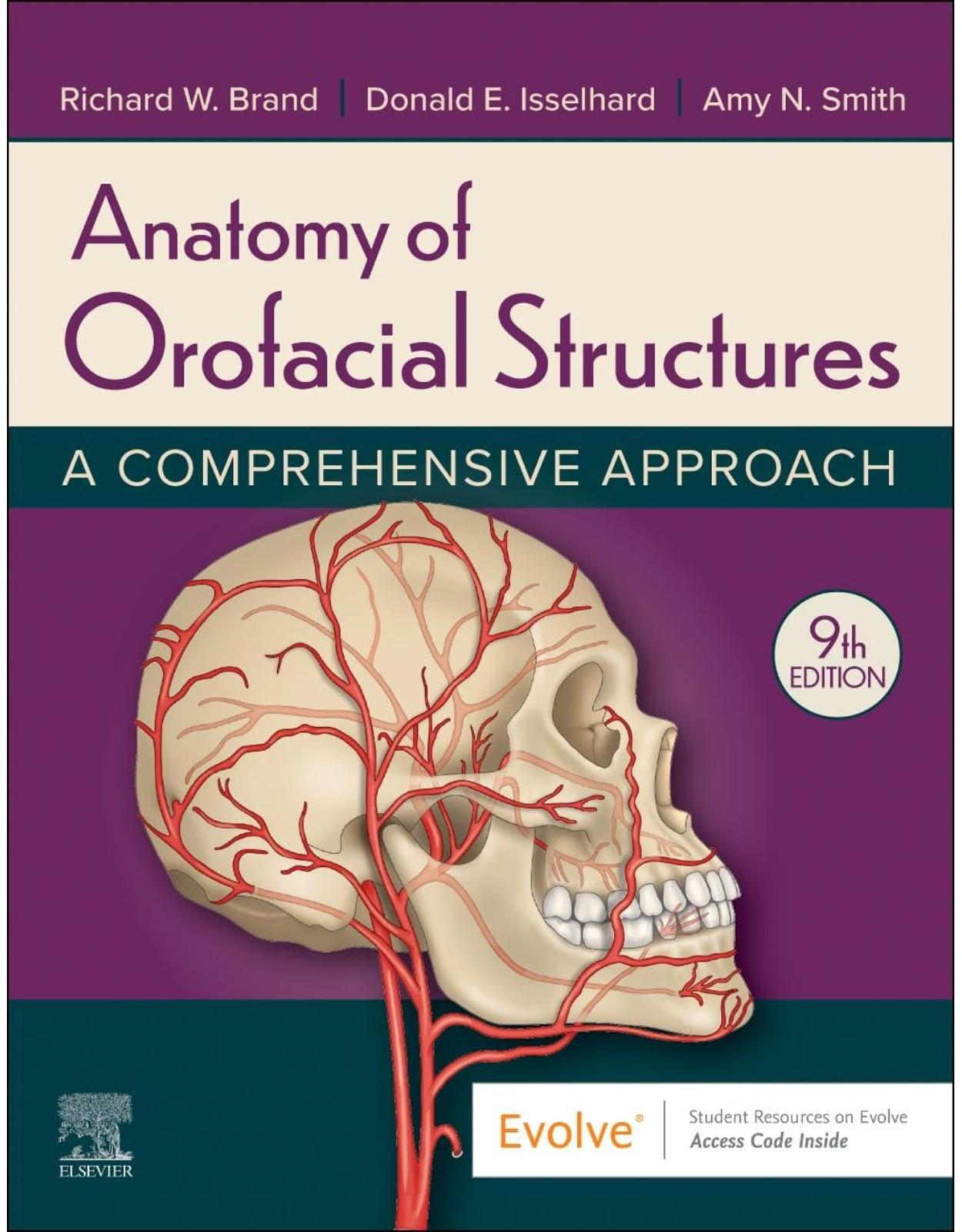
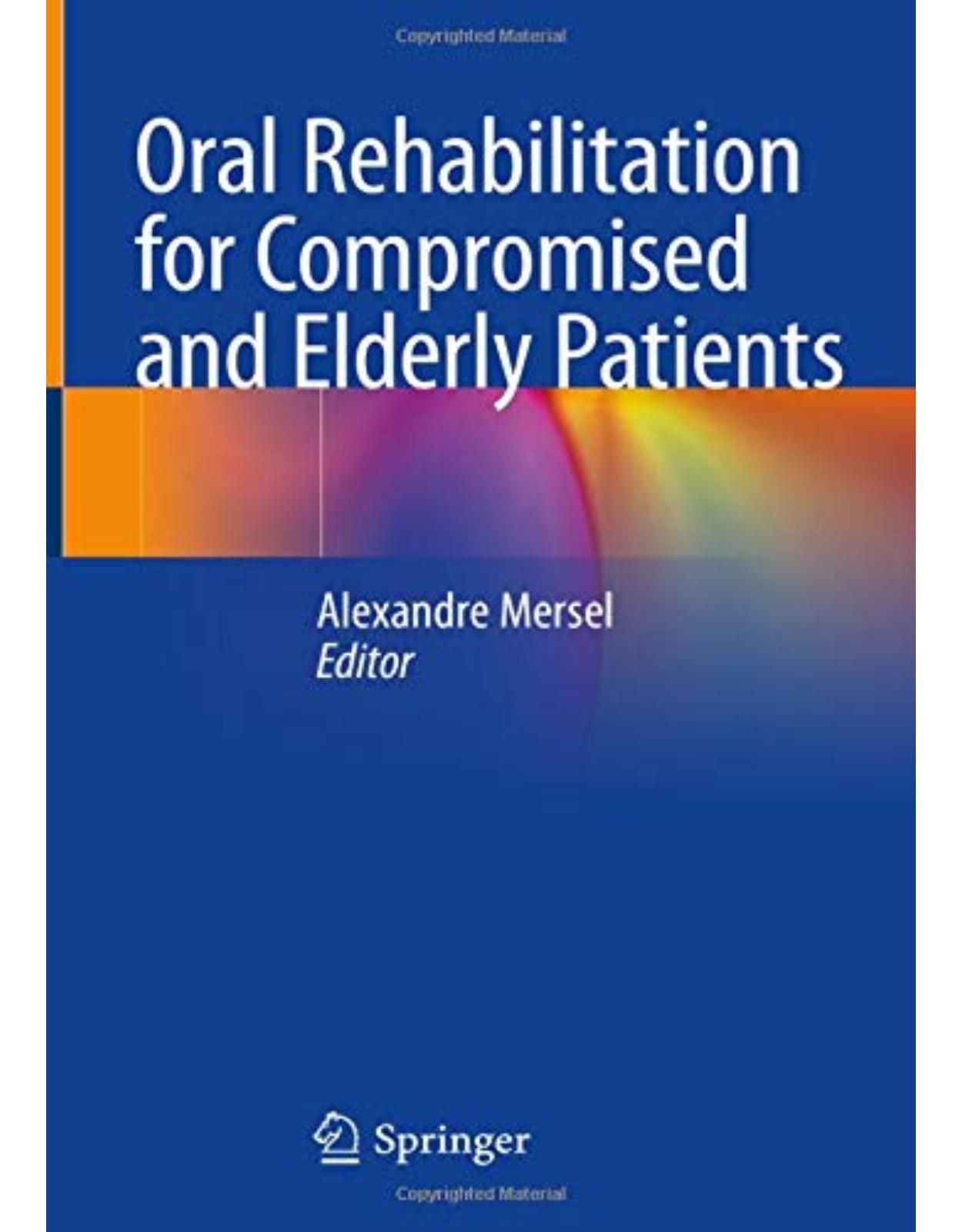
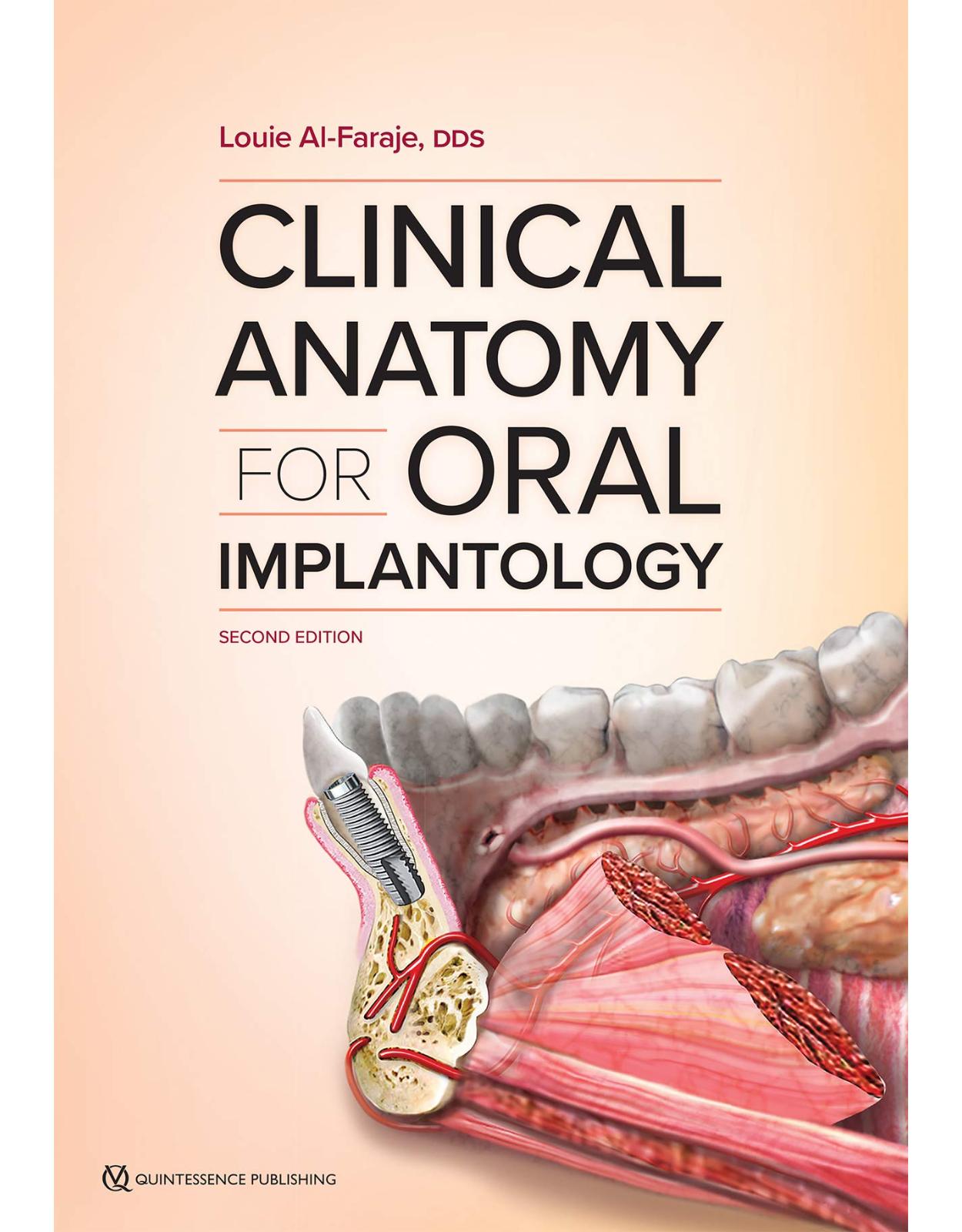
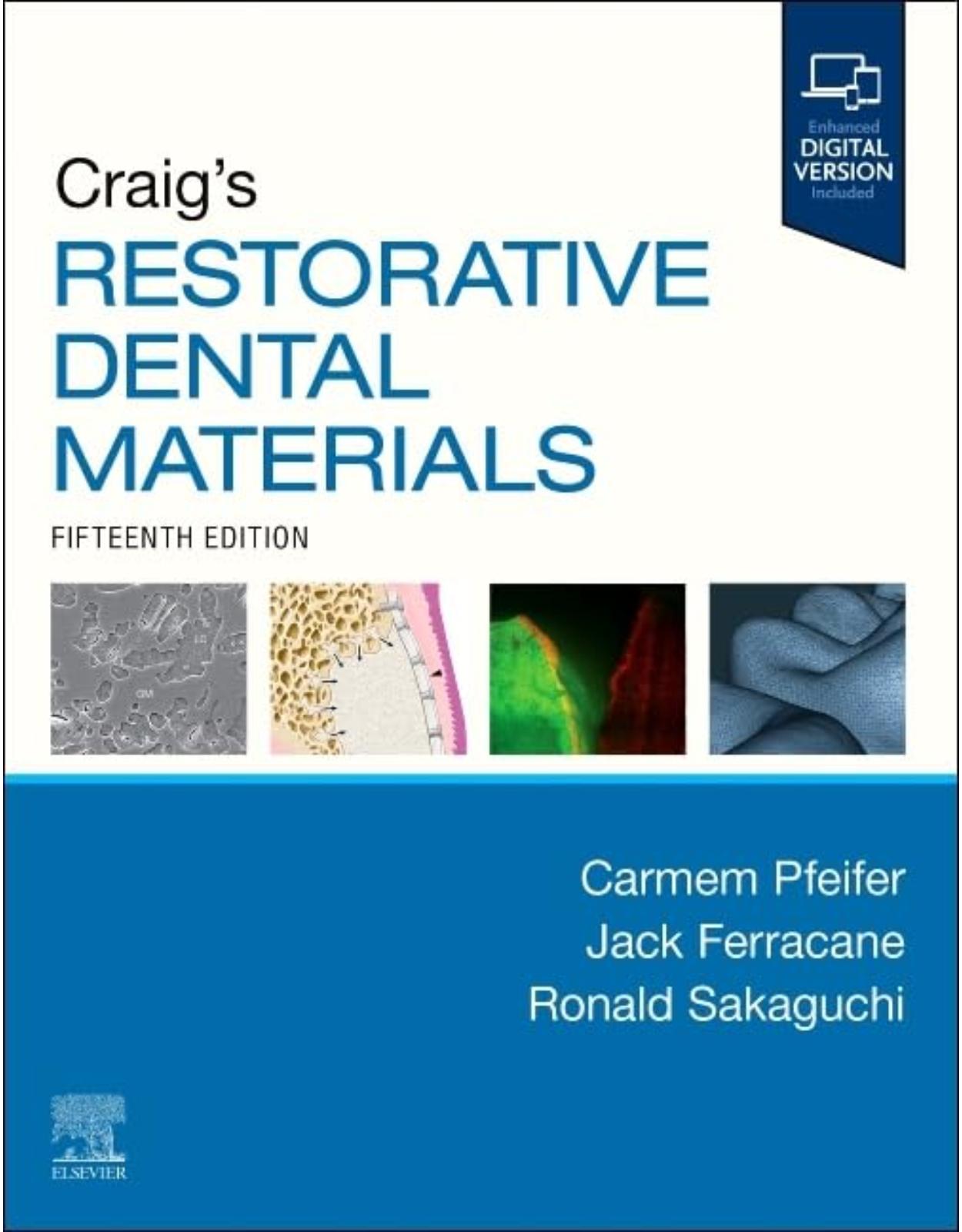
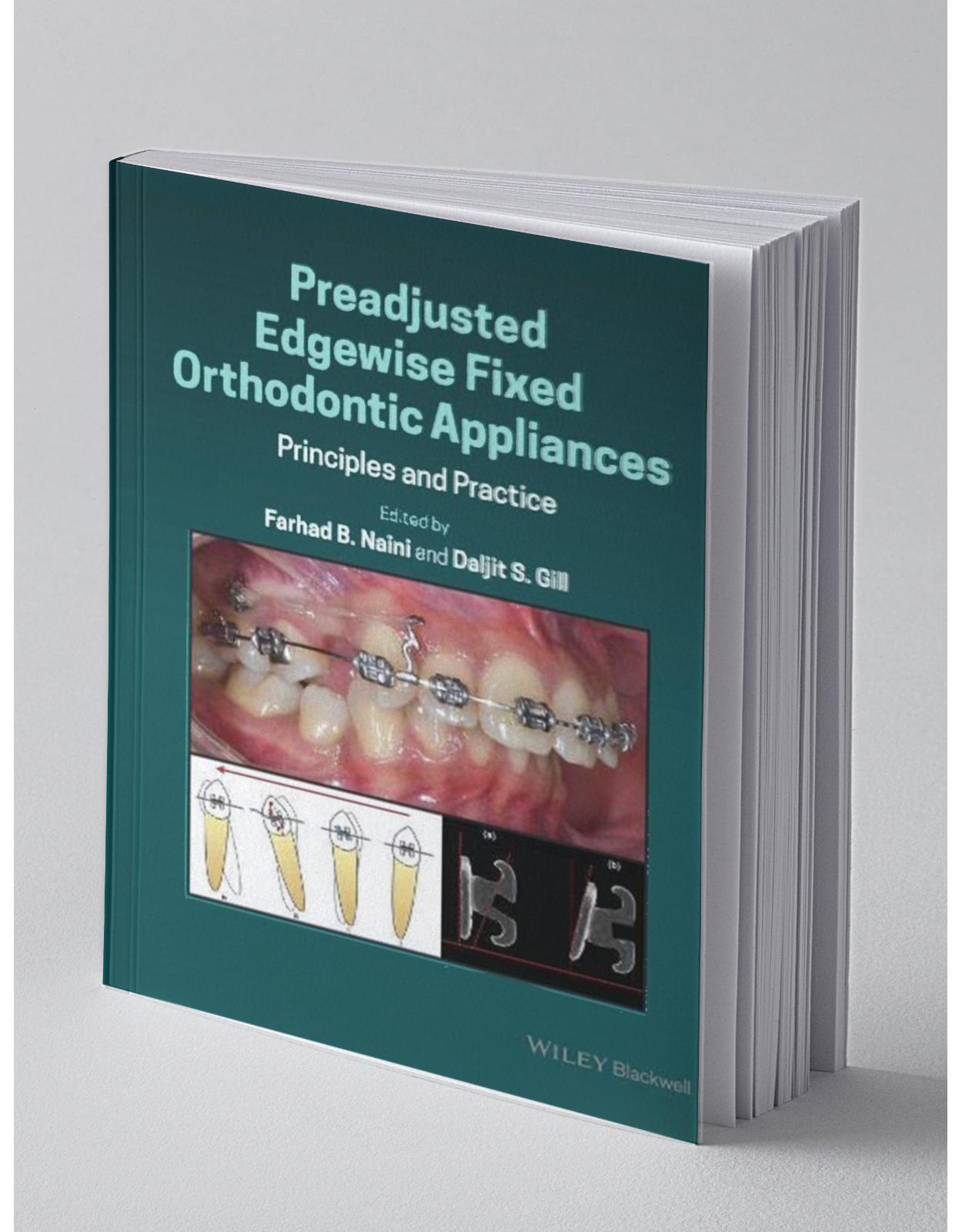
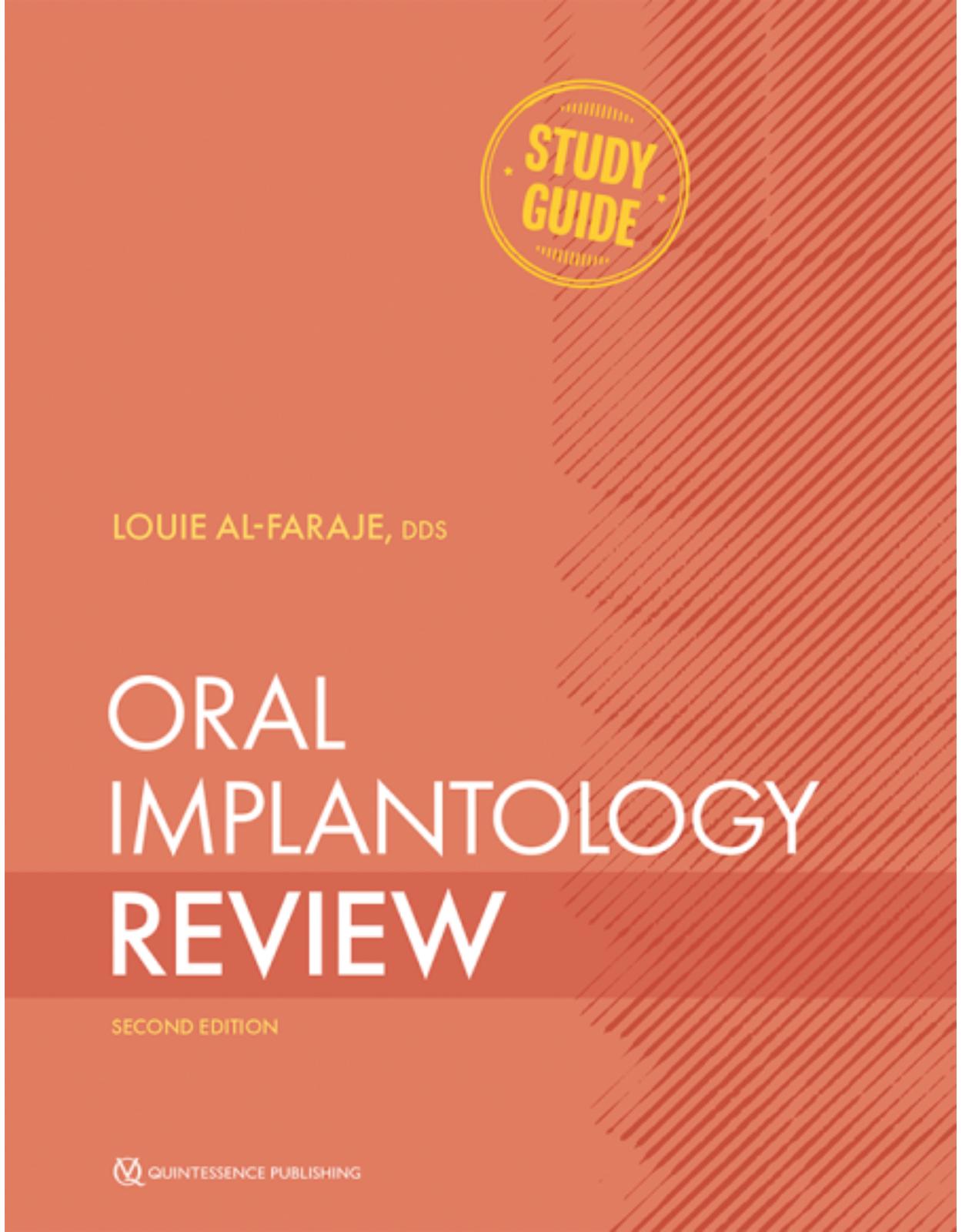
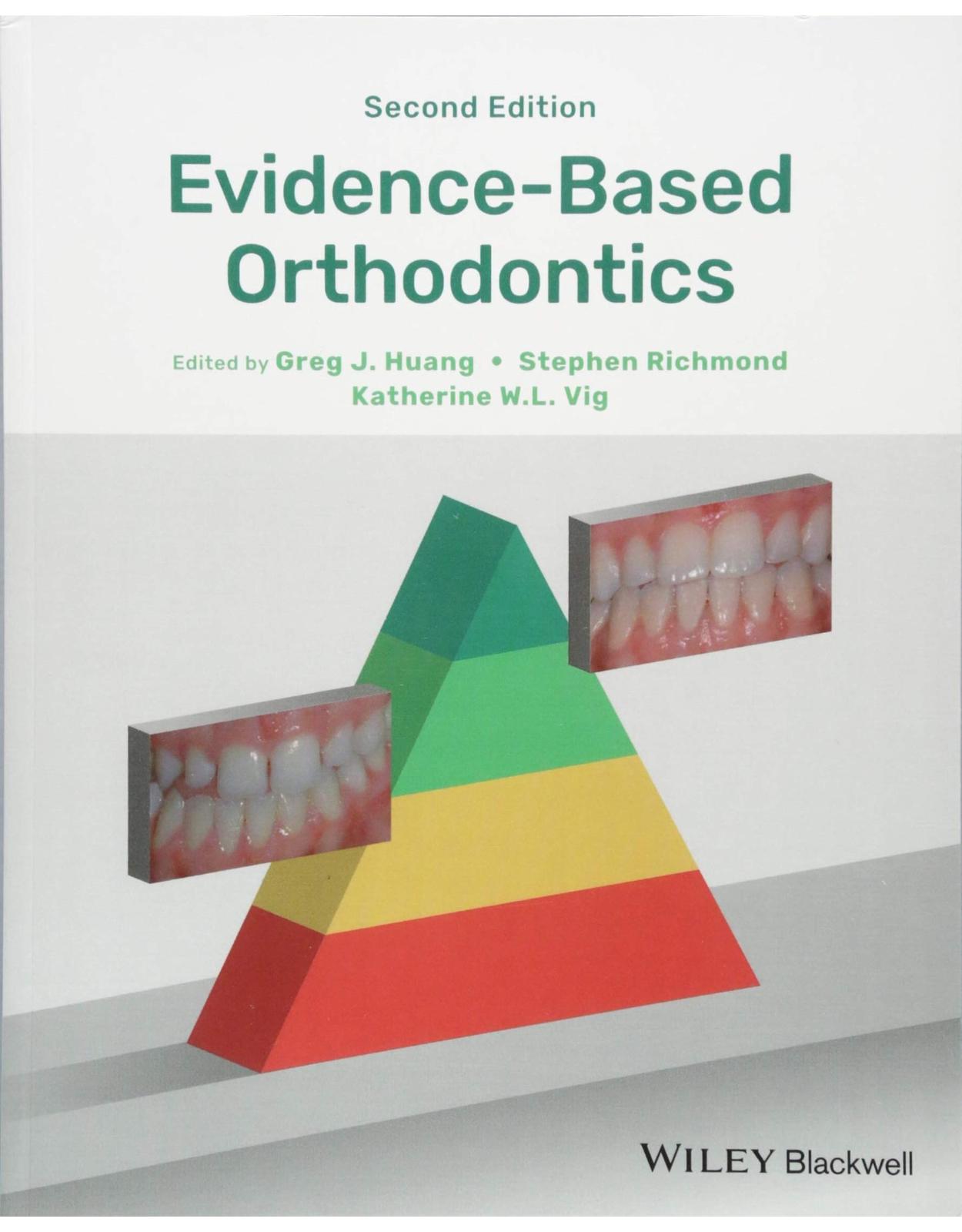
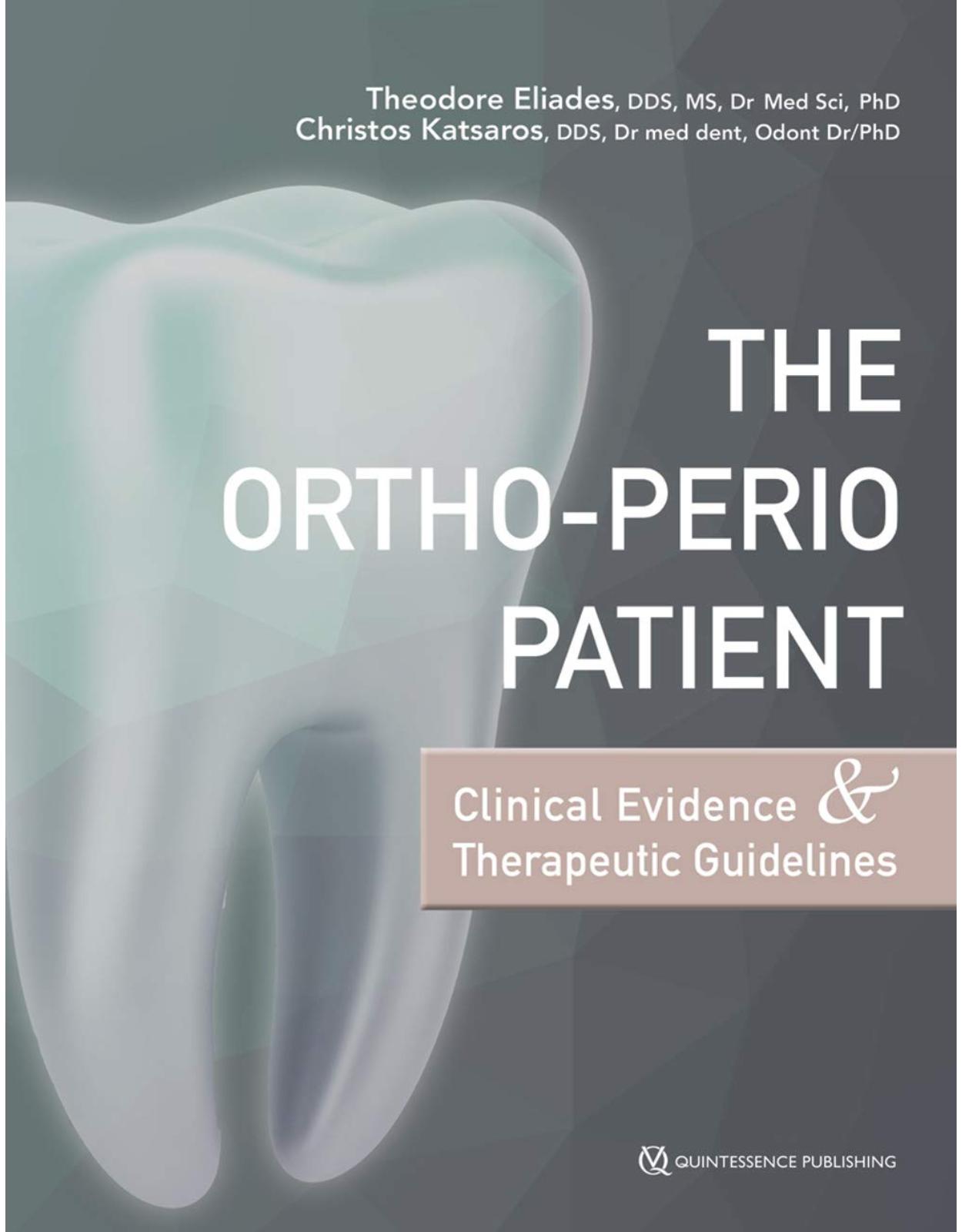
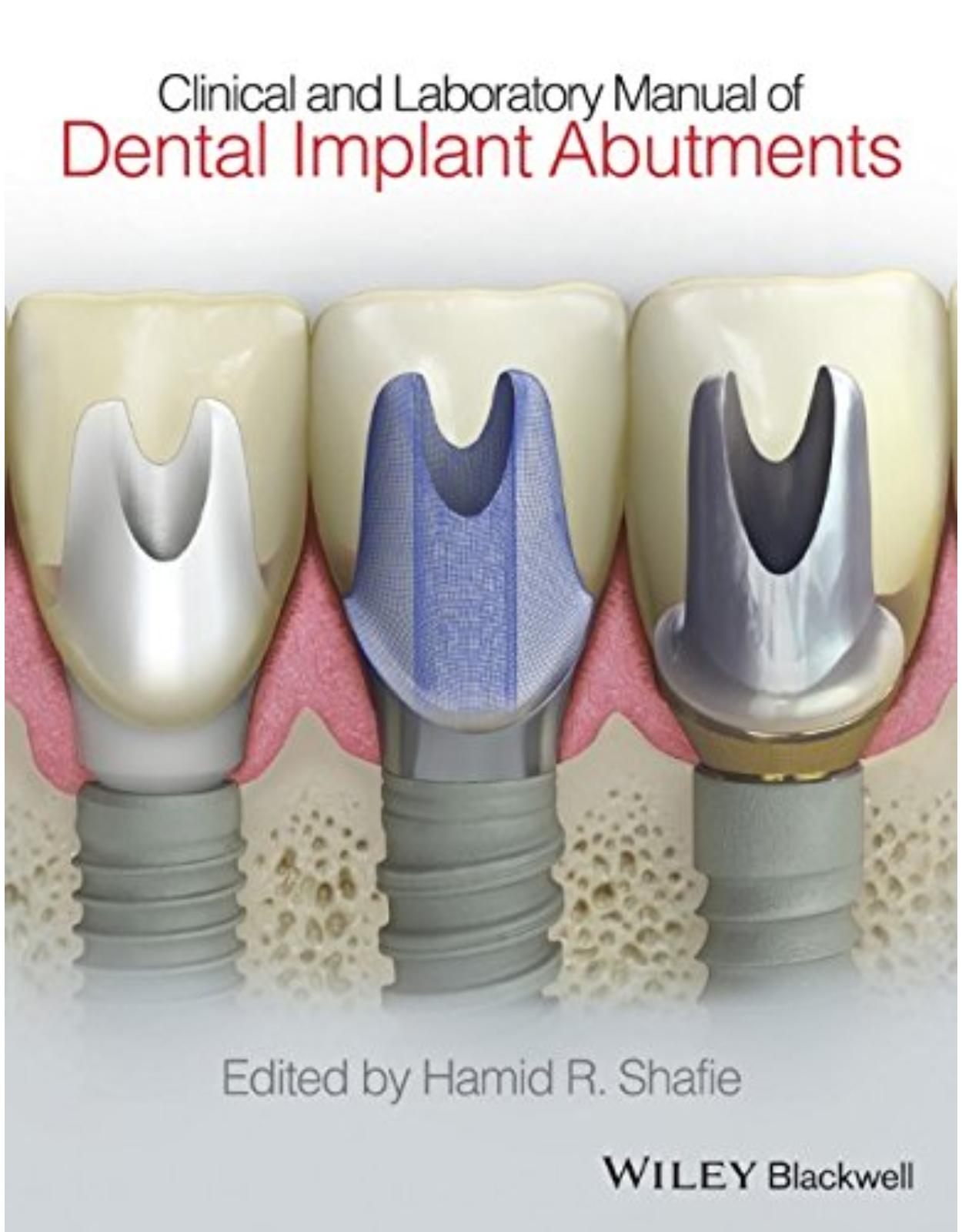
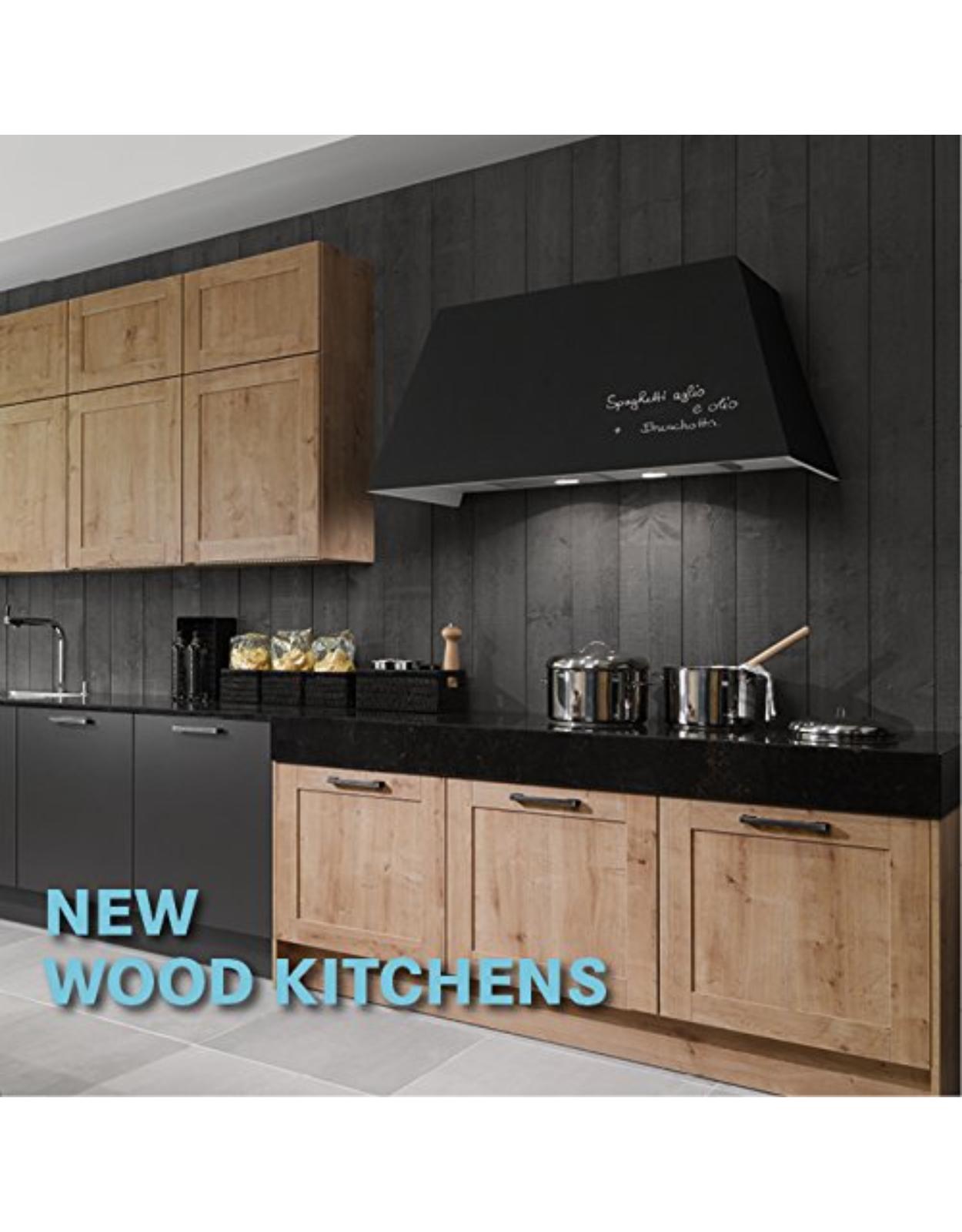
Clientii ebookshop.ro nu au adaugat inca opinii pentru acest produs. Fii primul care adauga o parere, folosind formularul de mai jos.